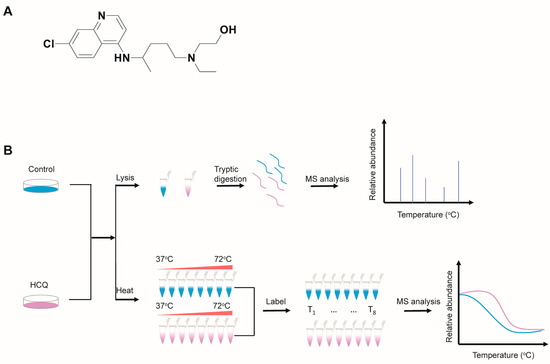Chemical Proteomics Research
A topical collection in Molecules (ISSN 1420-3049). This collection belongs to the section "Chemical Biology".
Viewed by 4276Editor
Topical Collection Information
Dear Colleagues,
As we know, the merging of chemical biology and traditional proteomics generates chemical proteomics. The past two decades have witnessed dramatic progress in chemical probe design and profiling techniques, expanding the biological questions that can be addressed by chemical proteomics. Although the original applications of chemical proteomics are “target discovery” in biological systems and “inhibitor discovery” for enzyme function study, recent advances represent a quantum leap forward, including but not limited to
1) protein–metabolite interaction profiling, especially bioactive, endogenous metabolites;
2) proteinaceous, nucleophilic amino acid reactivity and ligandability profiling;
3) peptide-substrate-derived probes and inhibitors, notably cyclic peptide-based;
4) protein post-translational modification profiling by tailor-made probes;
5) discovery of heterobifunctional degrader compounds (or proteolysis targeting chimeras, PROTACs);
6) conditional labeling (or activity-based sensing) with designer responsive labeling reagents;
7) molecular imaging of disease phenotypes with activity-based probes;
8) redox-based cellular regulation and signal transduction profiling;
9) organelle-specific protein profiling by organelle-localizable reactive probes;
10) protein–protein interaction by chemical cross-linker and cross-linking mass spectrometry.
The Topical Collection “Chemical Proteomics Research” aims to highlight the breadth of topics of interest for the scientific community in Chemical Proteomics and provide recent examples of significant advances in the field.
We invite you to submit research articles and comprehensive reviews related to the above topics to this Topical Collection, part of the journal Molecules. Contributions addressing research in chemical biology in general will also be suitable for the scope of publication in this collection.
Dr. Gang Li
Collection Editor
Manuscript Submission Information
Manuscripts should be submitted online at www.mdpi.com by registering and logging in to this website. Once you are registered, click here to go to the submission form. Manuscripts can be submitted until the deadline. All submissions that pass pre-check are peer-reviewed. Accepted papers will be published continuously in the journal (as soon as accepted) and will be listed together on the collection website. Research articles, review articles as well as short communications are invited. For planned papers, a title and short abstract (about 100 words) can be sent to the Editorial Office for announcement on this website.
Submitted manuscripts should not have been published previously, nor be under consideration for publication elsewhere (except conference proceedings papers). All manuscripts are thoroughly refereed through a single-blind peer-review process. A guide for authors and other relevant information for submission of manuscripts is available on the Instructions for Authors page. Molecules is an international peer-reviewed open access semimonthly journal published by MDPI.
Please visit the Instructions for Authors page before submitting a manuscript. The Article Processing Charge (APC) for publication in this open access journal is 2700 CHF (Swiss Francs). Submitted papers should be well formatted and use good English. Authors may use MDPI's English editing service prior to publication or during author revisions.
Keywords
- Chemical proteomics
- Activity-based profiling
- Nucleophilic amino acid
- Post-translational modification
- Molecular imaging
- PROTAC
- Cross-linking mass spectrometry
- Metabolite regulation
- Redox biology
- Peptide inhibitor discovery
- Organelle profiling
- Conditional labeling







